Raised amid historic Islamic architecture in Baku, Azerbaijan, interior designer Leyla Uluhanli’s appreciation for the architectural splendor of mosques began at a young age. This childhood exposure turned into a lifelong fascination, which has now lead to a comprehensive new guide to 53 of the world's most beautiful structures. Mosques: Splendors of Islam (Rizzoli, $75) explores places of both historic and contemporary places of worship from the Great Mosque of Córdoba in Spain to the minimalist Sancaklar Mosque in Istanbul. Architecture and design experts and scholars shed light on the architectural and ornamental elements and themes that distinguish Islamic architecture, as well as the components that are unique to each region. Read on to tour 10 incredible mosques around the globe.
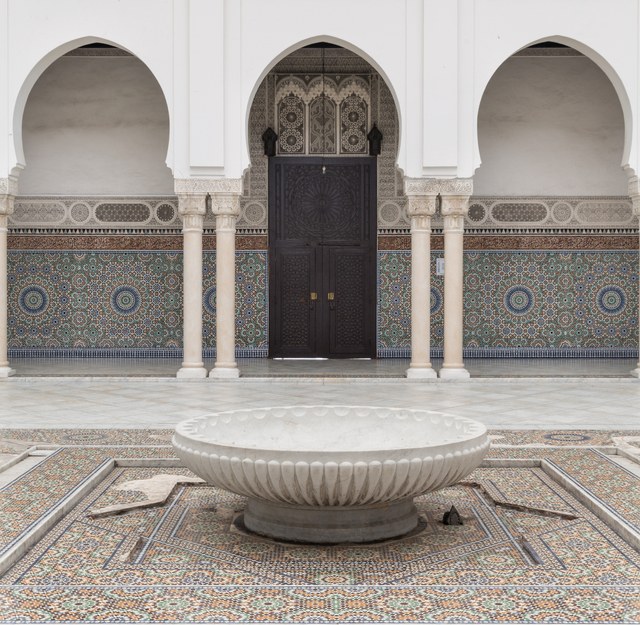
Great Mosque of Paris (France)
The Great Mosque of Paris was founded in 1926 in the city’s 5th arrondissement. The building was designed in the Neo-Mudéjar style and references the architectural traditions of Spain and North Africa.
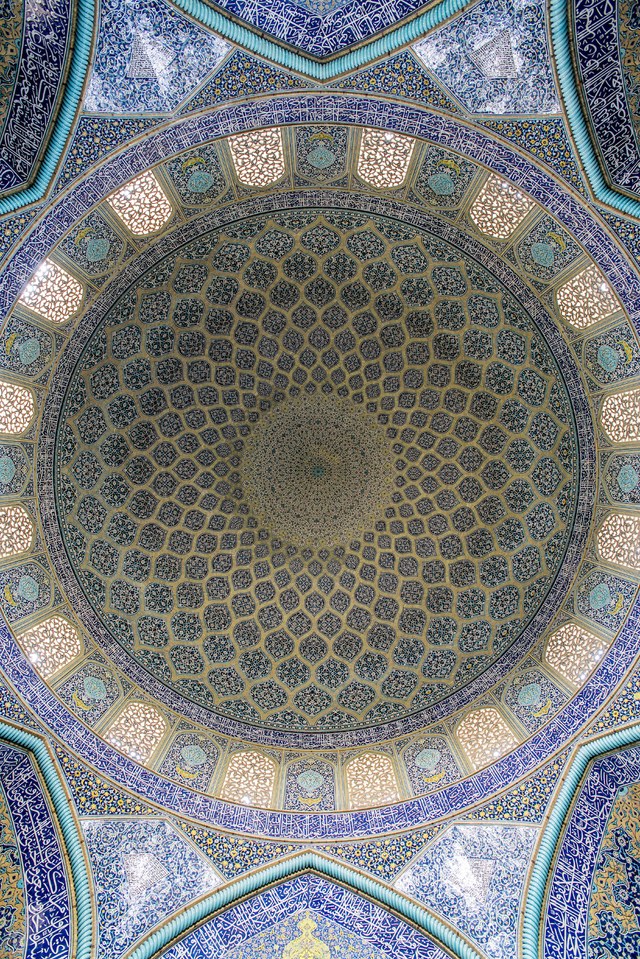
Shaykh Lotfollah Mosque (Isfahan, Iran)
Completed in 1618 or 1619, the Shaykh Lotfollah Mosque was built as a private royal place of worship and consists of a single domed chamber. The interior and exterior of the mosque are sheathed in exquisite tilework and 16 screened windows surround the domed ceiling, allowing light to filter in.
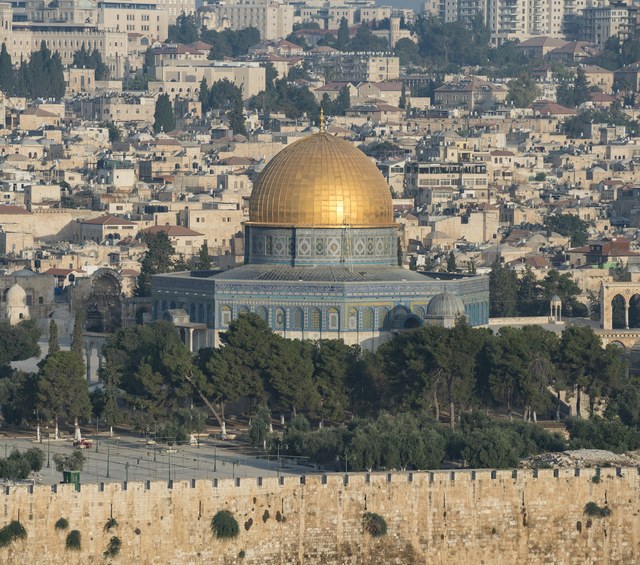
Al-Quds
Al-Quds was built in the late seventh century and is considered one of the most important mosques in the world and the third holiest site in Islam. The structure was built on the platform known as the Noble Sanctuary or Temple Mount, which is considered to be the spot where the Prophet Muhammad began his night journey to heaven. Elaborate mosaics and marblework decorate the interior and exterior and a 780-foot-long Kufic inscription encircles the interior of the dome.
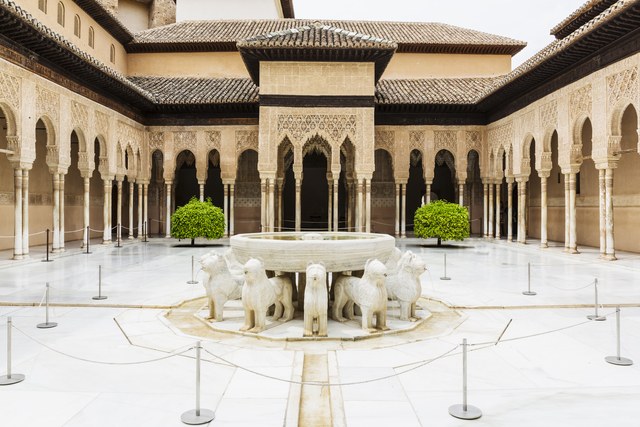
Qarawiyyin Mosque (Fes, Morocco)
The Qarawiyyin Mosque began as a small neighborhood place of worship and has been expanded and embellished for over a thousand years. The Court of the Lions, seen here, was added in the second half of the 14th century and features a marble fountain resting on 12 carved lions.
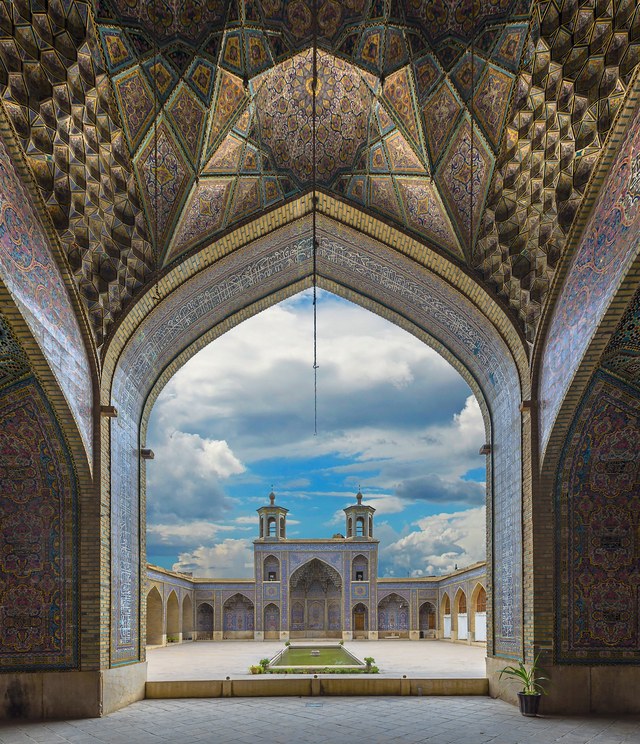
Masjid-i Nasir al-Mulk (Shiraz, Iran)
Known as the Pink Mosque for its extensive use of the rosy hue, the Masjid-i Nasir al-Mulk in Shiraz showcases exuberant and lavish decoration—a trait common in late 19th-century mosques. Intricate and colorful kashi tilework was used throughout the design, and the minarets give a nod to the bell towers of Europe.